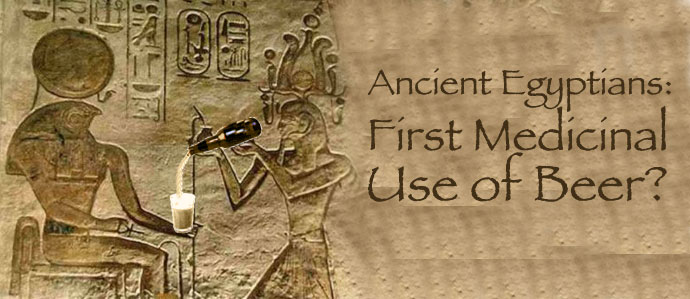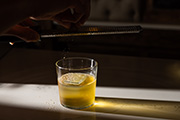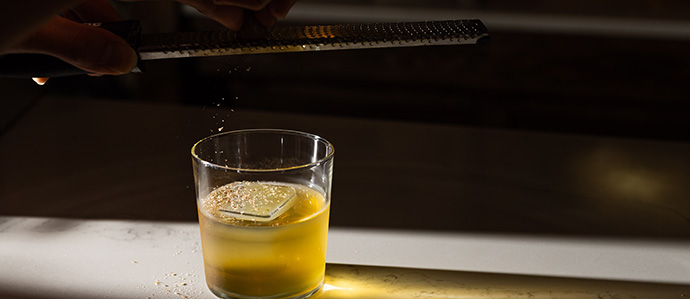Ancient Egyptians: First Medicinal Use of Beer?

It’s no surprise why scientists throughout history have time and time again put beer in the crosshairs of medical research. Simply put, people love beer. It’s this love that prompts the research of its effects on our bodies.
Yet could it be that ancient Nubians from 2,000 years ago caught on to its health benefits, more than two millennia before us?
In the 1980’s, archaeologist George Armelagos lead a team that unearthed 2,000 year old Nubian bones, where traces of the antibiotic tetracycline was found. New research shows that the bones contain high concentrations of the antibiotic, consistent with modern humans.
Antibiotics for the use of medicinal purposes is a relatively modern discovery. So how could bones from thousands of years ago show evidence that people were ingesting them on a regular basis?
It’s now being revealed that the antibiotic, which is produced naturally from soil bacteria, was being consumed via their beer.
Streptomyces, the bacteria which tetracycline spawns, was most likely created during the brewing process of the Egyptian beer. The ancient Nubians made this beer by a crude process of fermenting bread. Flour, created from germinated grains, was made into bread and then quickly cooked at high heat as to retain a raw center. The end product, fermented in vats, was a thick, chunky type brew with an ABV of around 3%.
Tetracycline was previously thought to be discovered in the late 40’s, and is commonly used today to treat acne, pneumonia and other bacterial infections. Archaeologist George Armelagos likened the discovery to “unwrapping an Egyptian mummy and seeing a pair of Ray-Ban sunglasses strapped to the head”.
What do you look for in your "medicine?"
 0%
0% 0%
0% 0%
0% 0%
0% 0%
0% 0%
0%

























